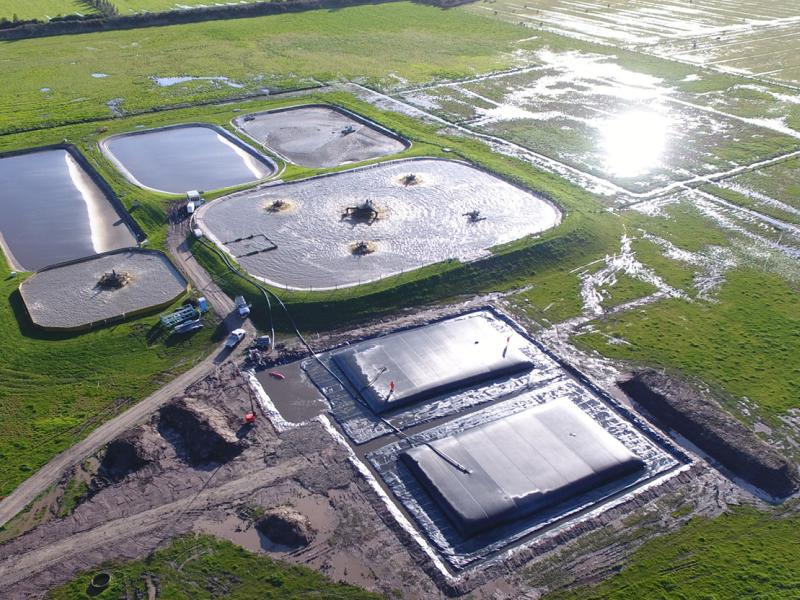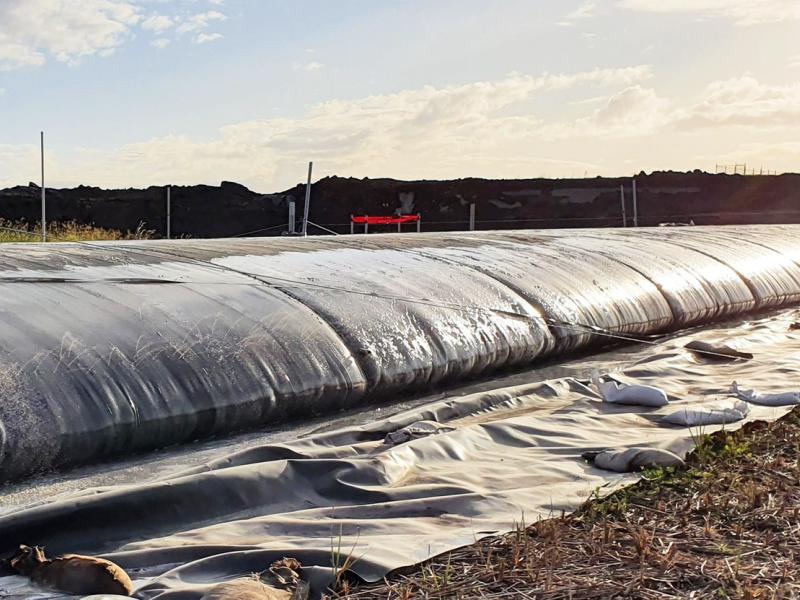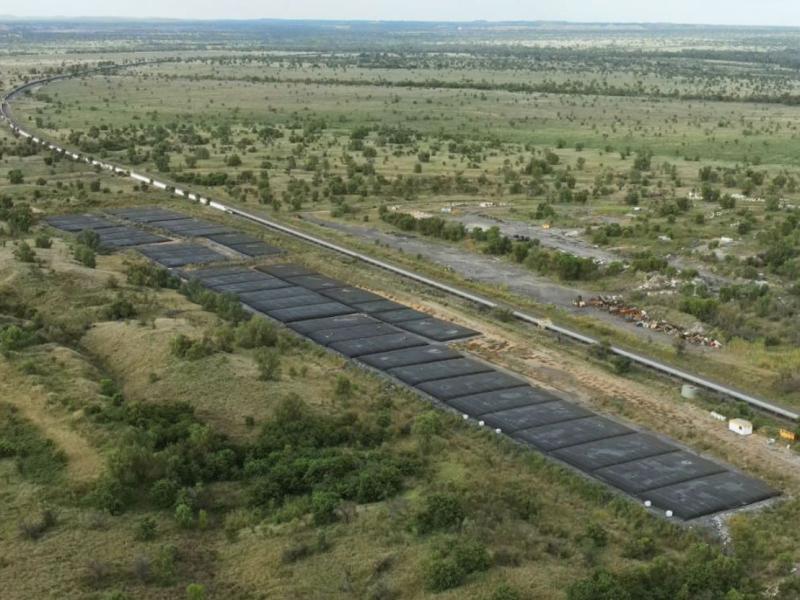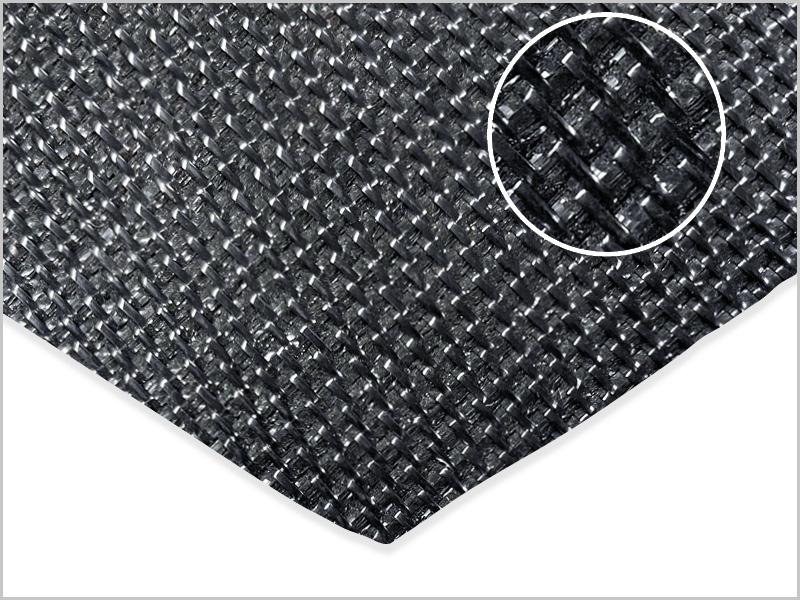
GEOTUBE DEWATERING SUPPORTS NSW WASTEWATER PLANT OPERATIONS

PROJECT DESCRIPTION
A suburban wastewater treatment plant in New South Wales services approximately 75,000 people and has a treatment capacity of up to 18 mega litres per day. Under normal operations, the plant uses two belt filter presses to dewater biosolids to 14–17% solids, which are then removed daily by truck for use on land crops and sugar cane farms.
Mechanical dewatering systems occasionally require maintenance, causing the temporary shutdown of a belt filter press. Rather than investing in duplicate or triplicate mechanical units, the plant sought to use Geotube dewatering container geotextile as a cost-effective and reliable alternative.
OUR SOLUTION
When maintenance requires a belt filter press to be shut down, sludge can be easily diverted to multiple Geotube dewatering units. The same polymer flocculant dose used for the belt filter press ensures efficient dewatering within the Geotube containers.
During the winter of 2017, the plant deployed two Geotube units, each measuring 18.3 metres by 17.4 metres with a dry cake capacity of over 550 m³. Biosolids were pumped into the units up to a maximum fill height of 2.7 metres, with flow diverted intermittently to allow continuous sludge handling. Once maintenance was complete, pumping stopped, and the units continued to dewater naturally through seepage and evaporation. Depending on conditions and seepage time, solids concentrations of 15–25% were achieved.
The site’s large asphalt pad, which drains back into the plant headworks, allows additional Geotube units to be deployed if needed. This system provides extended biosolid storage, lowers operational risk, and is especially valuable in the flood-prone region.
PRODUCT USED
Geotube® dewatering container geotextile
- Made from an engineered textile that is designed for dewatering high moisture content sludge and sediment
- High flow rate allows residual materials to dewater, whilst containing solids
- Simple to use as there are no mechanical or moving parts that could breakdown or wear and tear
- Custom fabricated with seaming techniques that withstand pressure during pumping operations
- Available in many sizes, depending on volume and space requirements
- Supported by design advice and guidance on polymer use for your sludge






